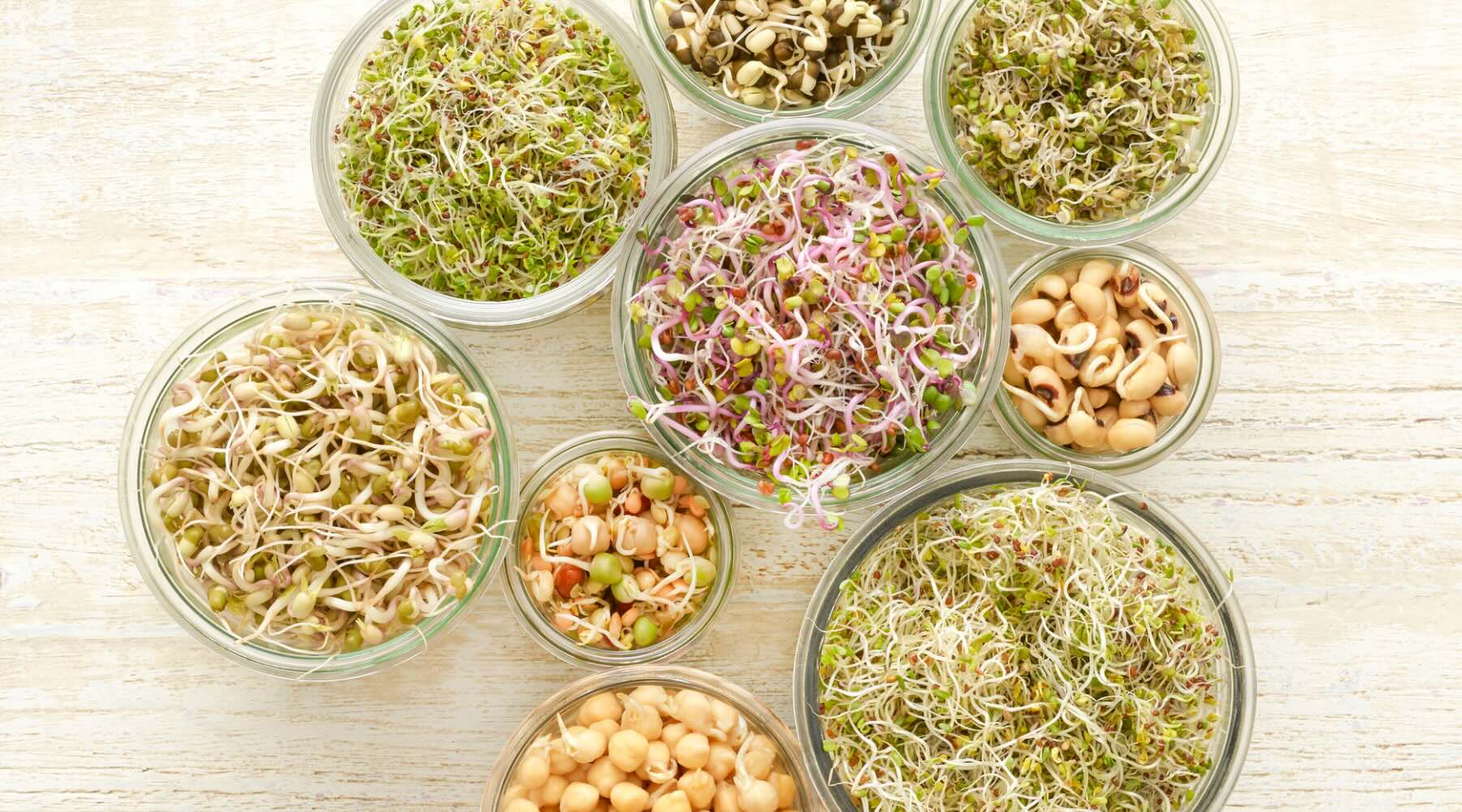

Articles
How To Store Sprouting Seeds Long Term
Modified: September 1, 2024
Learn effective methods for storing sprouting seeds long term in this comprehensive article. Find valuable tips and techniques to preserve the quality and viability of your seeds.
(Many of the links in this article redirect to a specific reviewed product. Your purchase of these products through affiliate links helps to generate commission for Storables.com, at no extra cost. Learn more)
Introduction
Welcome to the world of sprouting seeds! Whether you are a seasoned gardener or a newbie in the world of seed propagation, you may find yourself with an abundance of sprouting seeds. While using them in your recipes and salads is a great way to enjoy their nutritional benefits, you might also be wondering how to store them for the long term.
In this article, we will explore the benefits of storing sprouting seeds long term and provide you with some practical tips on how to do it effectively. So, let’s delve into the world of seed storage and learn how to extend the shelf life of your sprouting seeds!
Key Takeaways:
- Storing sprouting seeds long term offers cost savings, consistent supply, emergency preparedness, variety, and health benefits. Choose the right seeds, packaging, and storage conditions for successful long-term storage.
- To effectively use stored sprouting seeds, diversify sprouts, rotate seed usage, sprout in batches, create sprouting kits, explore new recipes, and share your harvest. Enjoy the benefits of fresh and nutritious sprouts in your meals!
Read more: How Long For Seeds To Sprout
Benefits of Storing Sprouting Seeds Long Term
Storing sprouting seeds long term offers several advantages, making it a worthwhile practice for any seed enthusiast. Here are some key benefits to consider:
- Cost Savings: Buying sprouting seeds in bulk quantities can be a cost-effective way to save money. By purchasing seeds in larger quantities and storing them properly, you can take advantage of bulk pricing and eliminate the need to frequently buy small packages of seeds.
- Consistent Supply: Having a long-term storage system ensures a steady and reliable supply of sprouting seeds. You won’t have to worry about running out of seeds when you need them the most, especially if you rely on sprouted seeds for your daily nutrition or culinary endeavors.
- Emergency Preparedness: Life is full of uncertainties, and having a stockpile of sprouting seeds can be invaluable during emergencies or when access to fresh produce is limited. Storing seeds long term allows you to be more self-sufficient and resilient in times of need.
- Variety and Diversity: By storing a diverse range of sprouting seeds, you can enjoy a wide variety of flavors, textures, and nutritional profiles. From mung beans and broccoli seeds to lentils and alfalfa, storing seeds long term opens up a world of culinary possibilities.
- Health Benefits: Sprouting seeds are packed with essential nutrients, including vitamins, minerals, protein, and fiber. By storing sprouting seeds long term, you can ensure that you always have a source of fresh and nutritious sprouts to enhance your meals and boost your overall well-being.
By taking advantage of these benefits, storing sprouting seeds long term can be a practical and rewarding investment of both time and resources. Now let’s move on to the next step: choosing the right seeds for long-term storage.
Choosing the Right Seeds for Long-Term Storage
Not all seeds are suitable for long-term storage. When selecting seeds to store for sprouting, consider the following factors:
- Seed Viability: Choose seeds with a longer shelf life. Some seeds, like mung beans, lentils, and alfalfa, can remain viable for years if stored properly. Avoid seeds that have a short shelf life, as they may not germinate well after a certain period.
- Germination Rate: Opt for seeds with a high germination rate. This ensures that a higher percentage of the stored seeds will successfully sprout when you’re ready to use them. Check the germination rate information on the seed packet or do some research to find seeds known for their reliable sprouting capabilities.
- Taste and Nutritional Value: Consider the taste and nutritional value of the sprouts. Choose seeds that you enjoy eating and that provide the desired nutritional benefits you are seeking. Different sprouts offer different flavors and nutrient profiles, so select a variety of seeds to add diversity to your diet.
- Organic and Non-GMO: Whenever possible, choose organic and non-genetically modified organism (non-GMO) seeds. Organic seeds are grown without the use of synthetic fertilizers and pesticides, while non-GMO seeds have not been genetically engineered. Both options are healthier for you and the environment.
- Personal Preference: Ultimately, choose seeds that align with your personal preferences and dietary needs. Consider experimenting with different types of seeds to discover your favorites and tailor your selection to suit your taste and lifestyle.
Remember to read the seed packet or consult reliable sources for specific information on the storage life and requirements of each seed variety. By selecting the right seeds for long-term storage, you set the foundation for a successful sprouting journey. Next, let’s explore the importance of proper packaging materials for seed storage.
Proper Packaging Materials for Seed Storage
Choosing the right packaging materials is crucial for maintaining the quality and viability of sprouting seeds during long-term storage. Here are some packaging materials that are commonly used and recommended for seed storage:
- Sealable Bags: High-quality, food-grade sealable bags are a popular choice for seed storage. Look for bags that are made from materials such as Mylar or polyethylene, which provide excellent moisture and oxygen barrier properties, preventing seed deterioration over time.
- Glass Jars with Airtight Lids: Glass jars with airtight lids are another effective option for storing sprouting seeds. Choose jars made from dark-colored glass to protect the seeds from light exposure. Make sure the lids create a tight seal to prevent moisture and air from entering the jars.
- Vacuum Sealed Bags or Containers: Vacuum sealing is an excellent method to remove air and moisture from the packaging. Vacuum-sealed bags or containers create an airtight environment, preserving the quality and shelf life of the sprouting seeds. This method is particularly suitable for large seed quantities.
- Mylar Bags with Oxygen Absorbers: Mylar bags with oxygen absorbers are a popular choice for long-term seed storage. The oxygen absorbers help remove oxygen from the bag, reducing the risk of seed spoilage. Ensure the bags have a heat-sealable closure to create a tight barrier against moisture and air.
- Freezer Bags or Containers: Freezer bags or containers are ideal for storing sprouting seeds in the freezer. These bags and containers are designed to withstand low temperatures and provide a good level of moisture and air protection. Make sure to label the packaging with the seed type and date for easy identification.
Regardless of the packaging materials you choose, it is important to ensure that they are clean, dry, and free from any contaminants that could compromise the quality of the seeds. Additionally, consider using desiccant packets or silica gel packs in the packaging to absorb excess moisture and maintain the seeds’ dryness.
Now that you are equipped with the knowledge of proper packaging materials, let’s move on to preparing the seeds for long-term storage.
Preparing the Seeds for Long-Term Storage
Before storing sprouting seeds long term, it’s essential to properly prepare them to ensure their longevity and viability. Follow these steps to prepare the seeds for successful storage:
- Cleaning: Start by inspecting the seeds and removing any debris, broken seeds, or plant matter. Cleaning the seeds helps prevent the growth of mold or fungi during storage.
- Drying: Properly drying the seeds is crucial to prevent moisture buildup, which can lead to seed degradation. Spread the cleaned seeds on a dry towel or screen and allow them to air dry thoroughly for a few days. Avoid using artificial drying methods, as excessive heat can damage the seeds.
- Conditioning (Optional): Conditioning seeds can increase their germination rate and uniformity. Some seeds benefit from soaking in water for a specific period before drying. Research the specific seed type to determine if conditioning is recommended.
- Labeling: It’s important to label the storage containers or bags with the seed type and date of storage. This ensures easy identification and allows you to use the oldest seeds first, maintaining a rotation system.
- Documentation: Consider keeping a record of the seed varieties, storage dates, and any other relevant information. This documentation helps you track the lifespan and success rate of your stored seeds.
Once you have properly prepared the seeds, it’s time to store them in a suitable location to promote their longevity and viability. Read on to learn about the ideal storage conditions for sprouting seeds.
Store sprouting seeds long term in a cool, dry place away from direct sunlight. Use airtight containers to prevent moisture and pests from damaging the seeds. Check the seeds regularly for any signs of spoilage.
Read more: How Long For Parsley Seeds To Sprout
Storing Sprouting Seeds in a Cool and Dry Location
The proper storage conditions are key to maintaining the quality and viability of sprouting seeds over an extended period. Here are some guidelines for storing sprouting seeds in a cool and dry location:
- Temperature: Choose a storage location that remains consistently cool. Seeds are best stored in temperatures ranging from 40°F to 50°F (4°C to 10°C). Avoid exposing the seeds to extreme heat or fluctuations in temperature, as this can impact their viability.
- Humidity: Moisture is the enemy of seed longevity. Aim for a storage area with low humidity, ideally below 50%. High levels of humidity can lead to mold or seed rot. Consider using moisture-absorbing packets or silica gel packs in the storage containers to help maintain a dry environment.
- Light: Protect the stored seeds from exposure to light. Light can reduce the viability of seeds, especially those that are sensitive to light. Choose opaque storage containers or keep the seeds in a dark pantry or cabinet to prevent light exposure.
- Air Circulation: Good air circulation is essential to prevent the buildup of moisture and to maintain the freshness of the seeds. Avoid storing seeds in airtight containers without proper ventilation, as this can lead to condensation and spoilage. However, ensure the storage area is not excessively drafty, as it may cause seeds to dry out.
- Pest Control: Protect your stored seeds from pests such as insects, rodents, and fungi. Ensure the storage area is clean and free from potential threats. You can also consider adding natural pest deterrents like dried bay leaves or a small bag of diatomaceous earth to the storage space.
By storing sprouting seeds in a cool and dry location with these necessary precautions, you increase the chances of preserving their quality and viability for an extended period. However, it’s essential to periodically check the stored seeds to ensure their viability. Let’s explore how to do that in the next section.
Checking the Viability of Stored Sprouting Seeds
Periodically checking the viability of your stored sprouting seeds is crucial to ensure their germination rate and overall quality. Here are some methods to assess the viability of stored seeds:
- Germination Test: Conduct a germination test to determine the percentage of seeds that can successfully sprout. Place a sample of seeds between moist paper towels or in a seed tray with good soil, following the recommended germination conditions for the specific seed type. After a few days, observe how many seeds have sprouted. This will give you an idea of the viability of the stored seeds.
- Seed Vitality Indicators: Look for signs of vitality in the seeds, such as plumpness, firmness, and distinct coloration. Healthy seeds typically have a robust appearance and feel. Shriveled, damaged, or discolored seeds may indicate poor viability, and it may be best to replace them with fresh seeds.
- Research Seed Longevity: Different seeds have varying shelf lives. Research the expected storage life of the specific seed types you’ve stored. Some sprouting seeds can remain viable for several years, while others have a shorter lifespan. Understanding the seed’s expected longevity can help you determine whether it’s time to refresh your stored seeds.
- Label and Rotation: Keep track of the storage dates and rotation of your seed stock. It’s essential to use the oldest seeds first to ensure a fresh supply. Proper labeling and documentation will help you maintain an organized system.
Regularly performing viability checks allows you to identify any issues with stored seeds in a timely manner. If you find a decline in viability, it may be time to replenish your stock with new seeds. By consistently monitoring the quality of your stored sprouting seeds, you can ensure a reliable supply of fresh and nutritious sprouts.
Now that you know how to check the viability of your stored seeds, let’s discover some strategies for effectively using these sprouting seeds.
Strategies for Using Stored Sprouting Seeds Effectively
Once you have successfully stored your sprouting seeds for the long term, it’s time to put them to good use. Here are some strategies for effectively using your stored sprouting seeds:
- Diversify Your Sprouts: Take advantage of the variety of sprouting seeds you have stored. Experiment with different combinations or create custom blends to add flavor and texture to your meals. Try mixing sprouts like alfalfa, radish, and broccoli for a delightful and nutritious salad topping.
- Rotate Seed Usage: Make sure to rotate your seed usage to maintain a fresh supply. By using the oldest seeds first, you avoid potential issues of diminished viability. Keep track of your seed inventory and ensure a balanced rotation system.
- Sprout in Batches: Use your stored seeds in batches to ensure a continuous supply of fresh sprouts. Start a new batch of sprouts as soon as you finish the previous one. By staggering the sprouting process, you will have a consistent supply of delicious sprouts for your meals.
- Create Sprouting Kits: Prepare sprouting kits with your stored seeds to give as gifts or share with friends and family. Include instructions on how to sprout the seeds and introduce them to the benefits of growing their own nutritious sprouts.
- Explore New Recipes: Get creative in the kitchen and explore new recipes that incorporate sprouting seeds. Sprouts can be added to salads, sandwiches, wraps, smoothies, soups, stir-fries, and more. Experiment with different flavors and cooking techniques to enhance your culinary experience.
- Share Your Harvest: If you have an abundance of sprouts, consider sharing them with others. Whether it’s with your neighbors, coworkers, or local community, spreading the joy of fresh sprouts can foster a sense of community and promote healthy eating habits.
By implementing these strategies, you can make the most of your stored sprouting seeds and enjoy a continuous supply of nutritious sprouts in your meals. Remember that sprouts are delicate and best consumed fresh, so aim to use them within a few days of harvesting for maximum flavor and nutritional value.
Now that you’ve learned how to effectively use your stored sprouting seeds, it’s time to wrap up our article.
Conclusion
Storing sprouting seeds long term is a valuable practice that offers numerous benefits. Not only does it save you money and provide a consistent supply of sprouts, but it also ensures you are prepared for emergencies and allows you to enjoy a diverse range of flavors and nutritional profiles. By choosing the right seeds for long-term storage, using proper packaging materials, and preparing the seeds adequately, you can extend their shelf life and maintain their viability.
Remember to store your sprouting seeds in a cool and dry location, protect them from light and pests, and periodically check their viability to ensure the freshness and quality of your stored seeds. When it’s time to use them, employ strategies such as diversifying your sprouts, rotating your seed usage, and exploring new recipes to make the most out of your stored seeds.
So, whether you’re a dedicated sprout enthusiast or simply want to have a reliable source of fresh and nutritious sprouts on hand, take the time to store your sprouting seeds long term. With proper storage and usage, you can enjoy the benefits of sprouts and elevate your culinary experiences to new heights!
Happy sprouting!
Frequently Asked Questions about How To Store Sprouting Seeds Long Term
Was this page helpful?
At Storables.com, we guarantee accurate and reliable information. Our content, validated by Expert Board Contributors, is crafted following stringent Editorial Policies. We're committed to providing you with well-researched, expert-backed insights for all your informational needs.
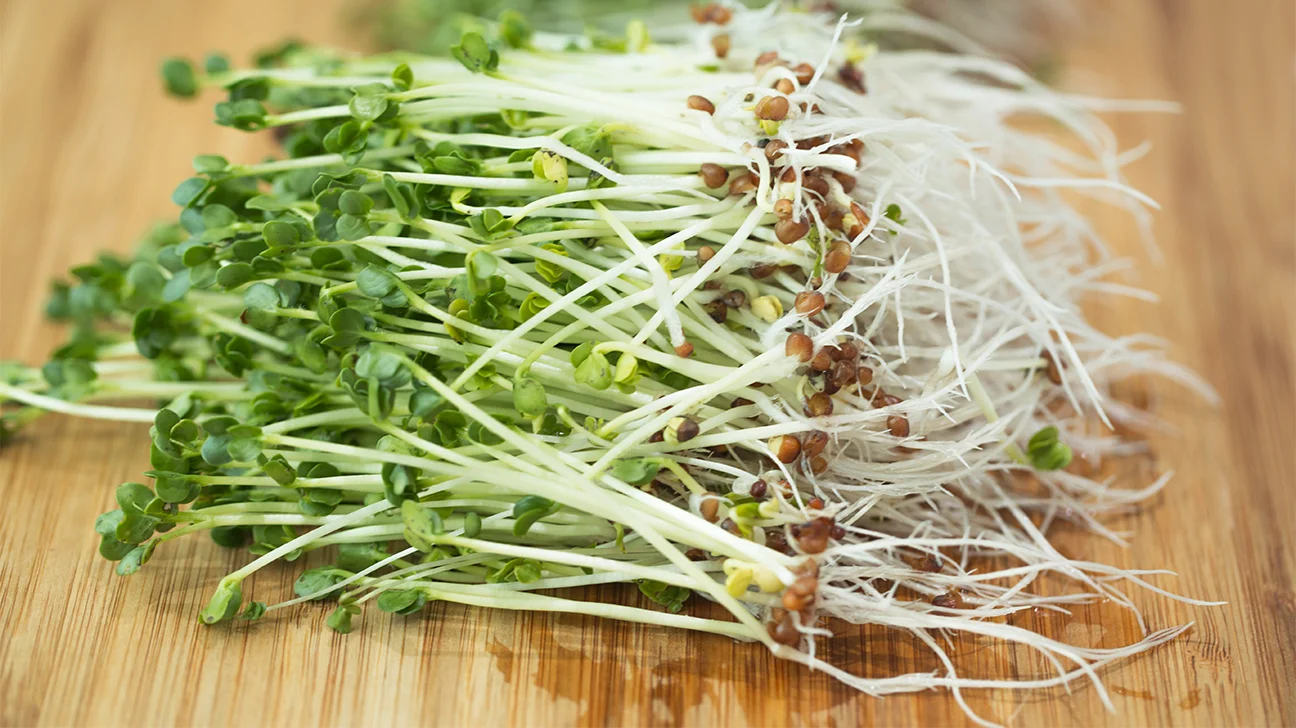
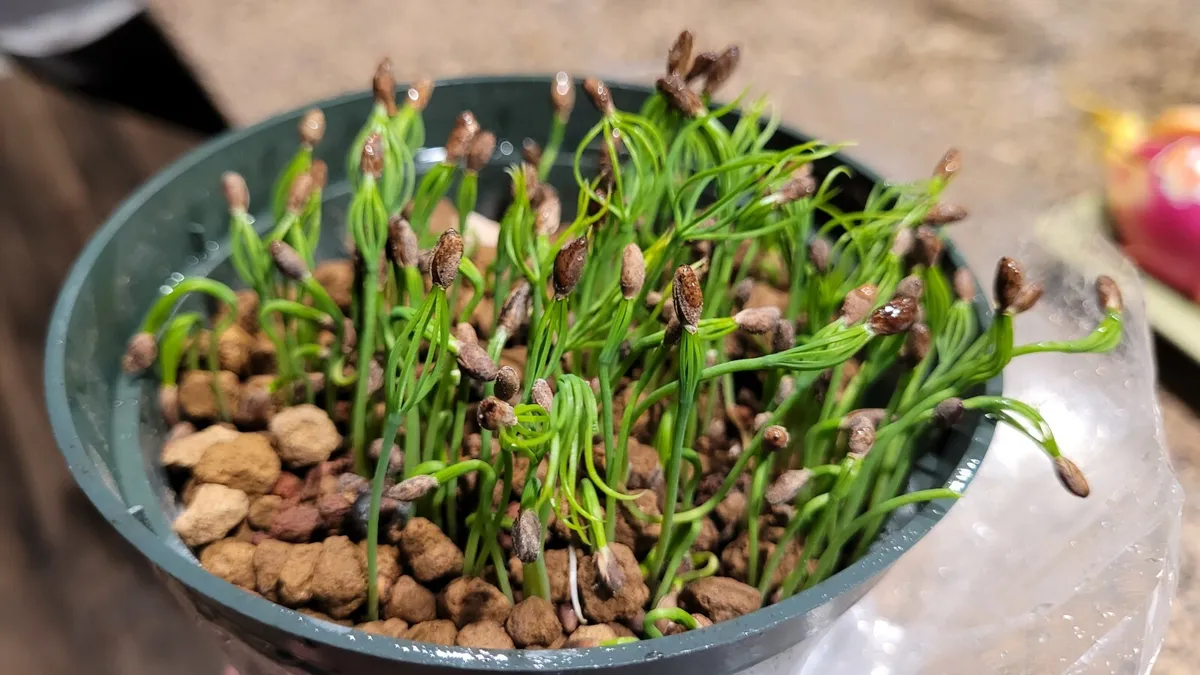
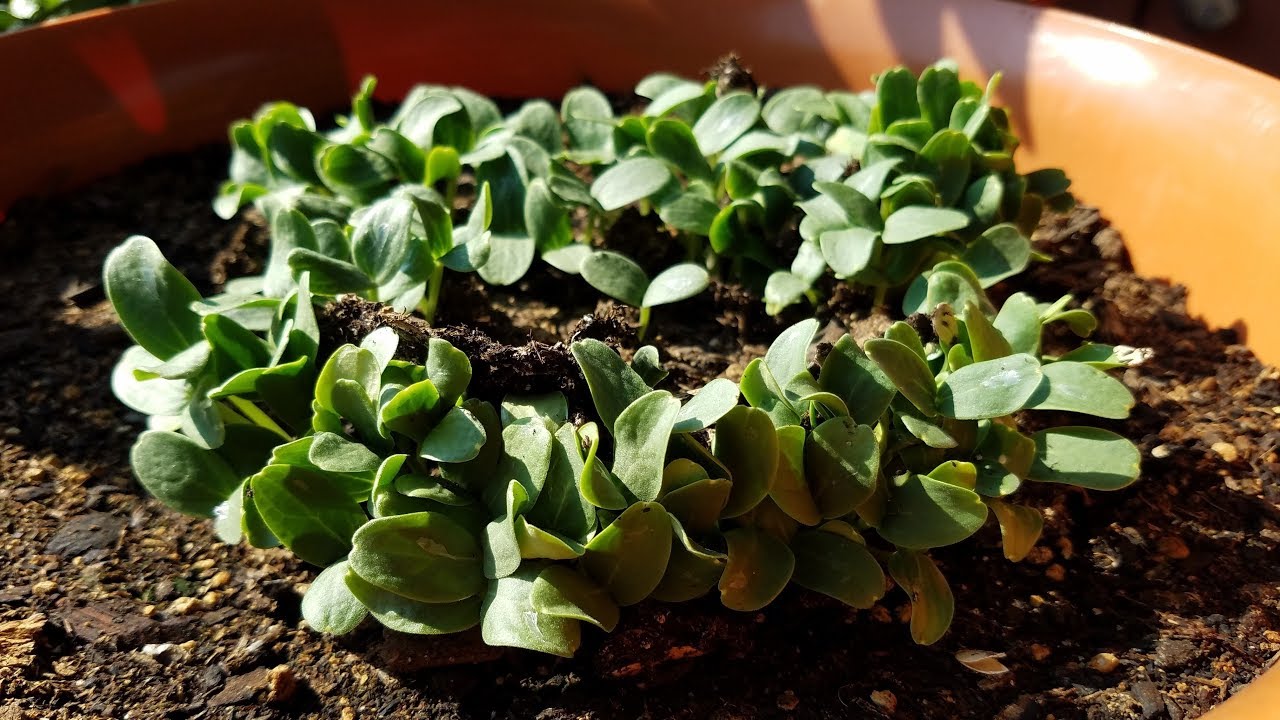
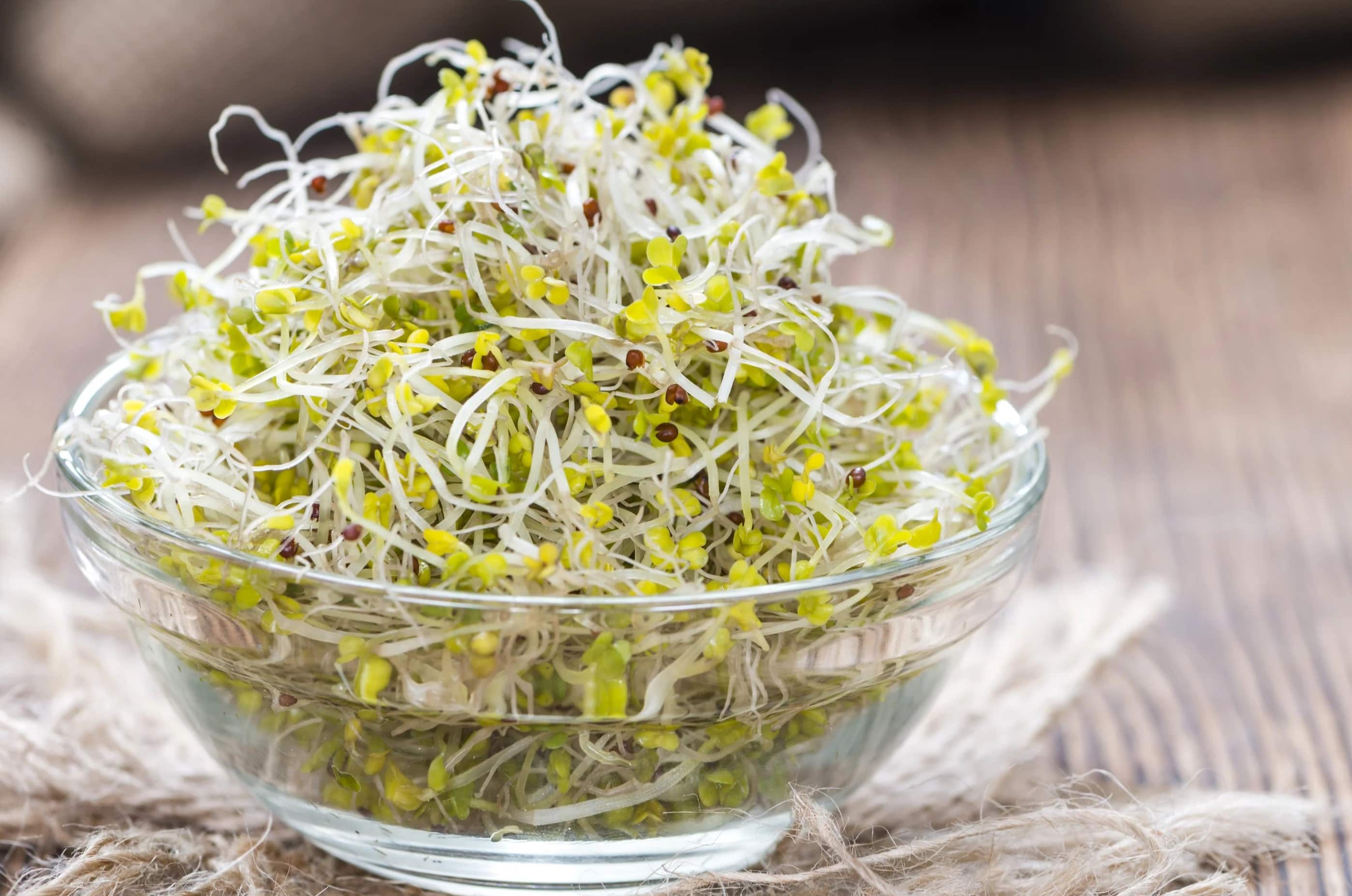
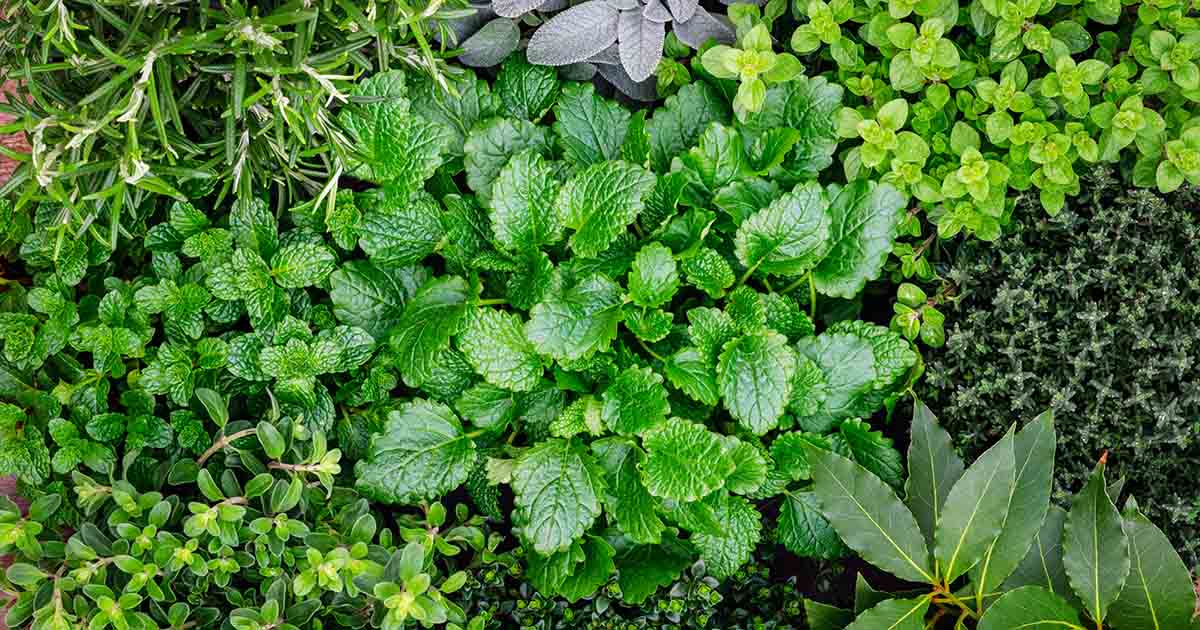

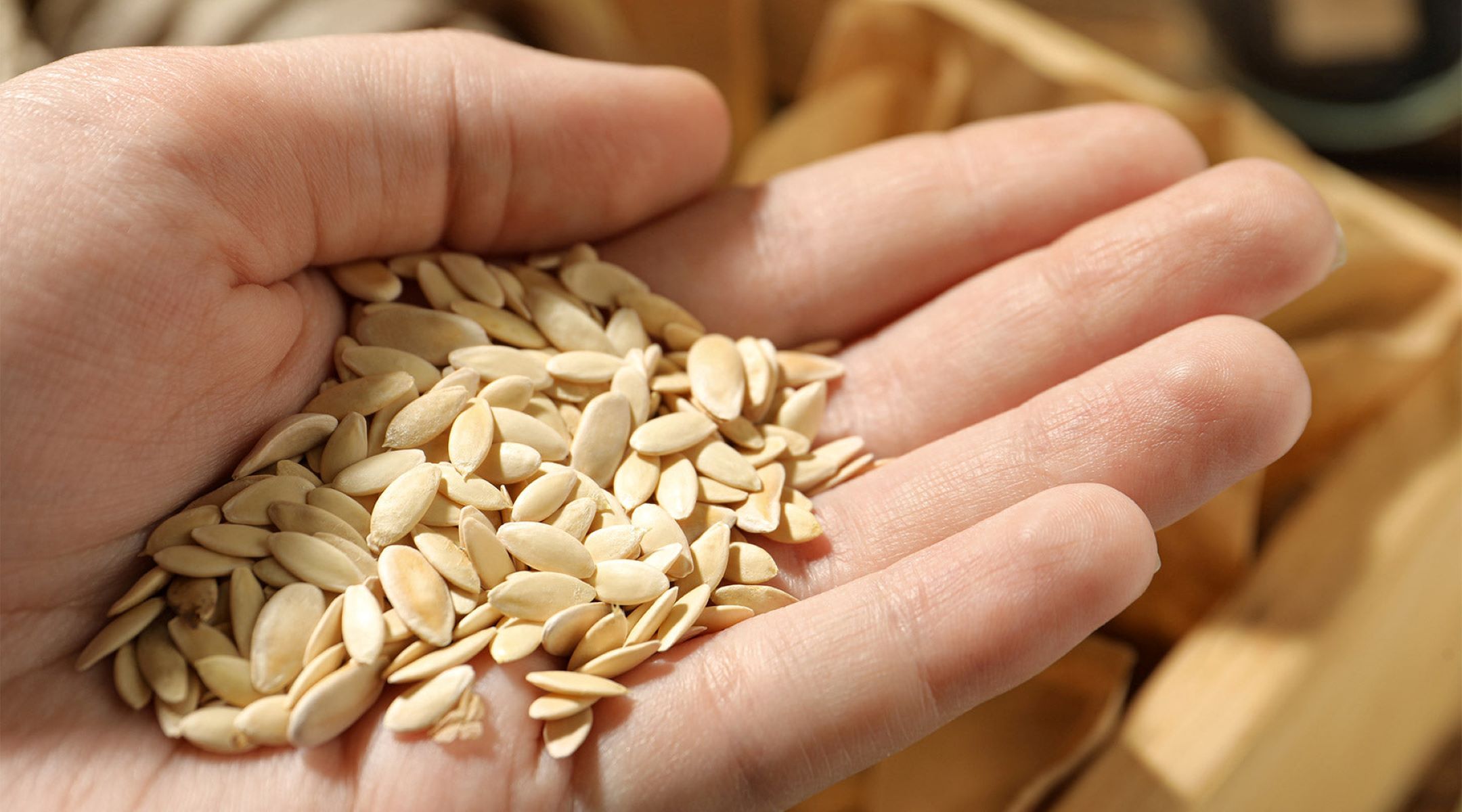
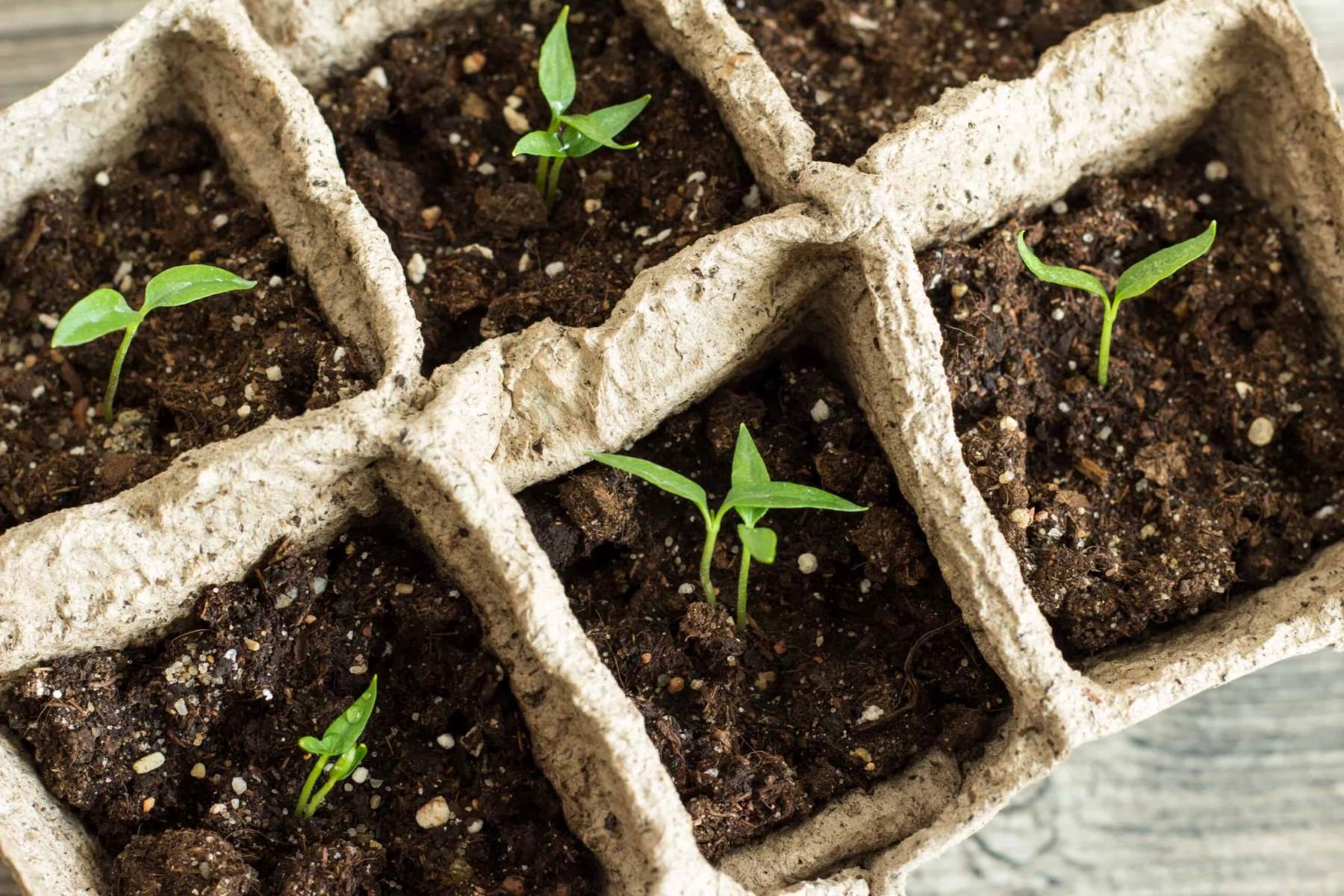
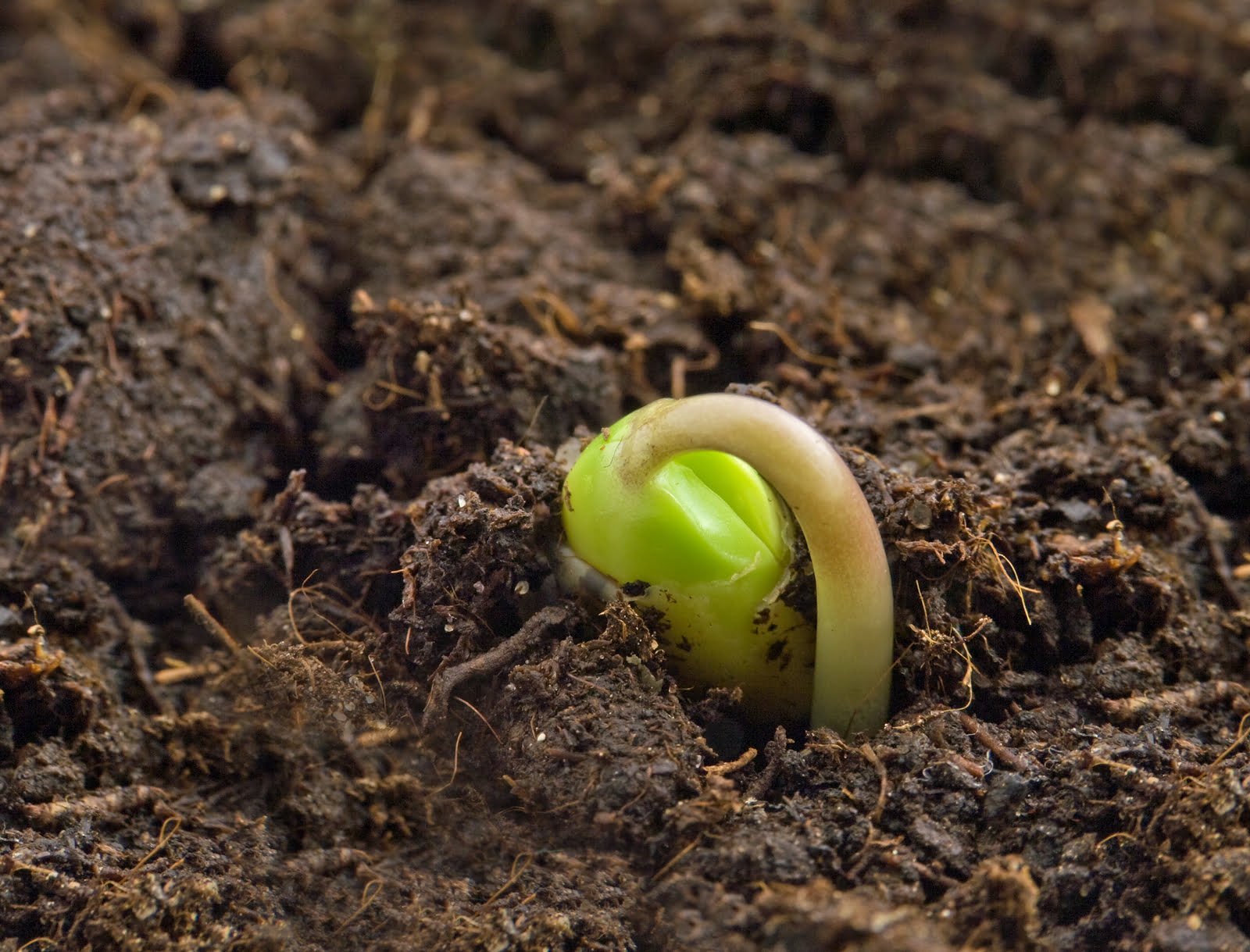
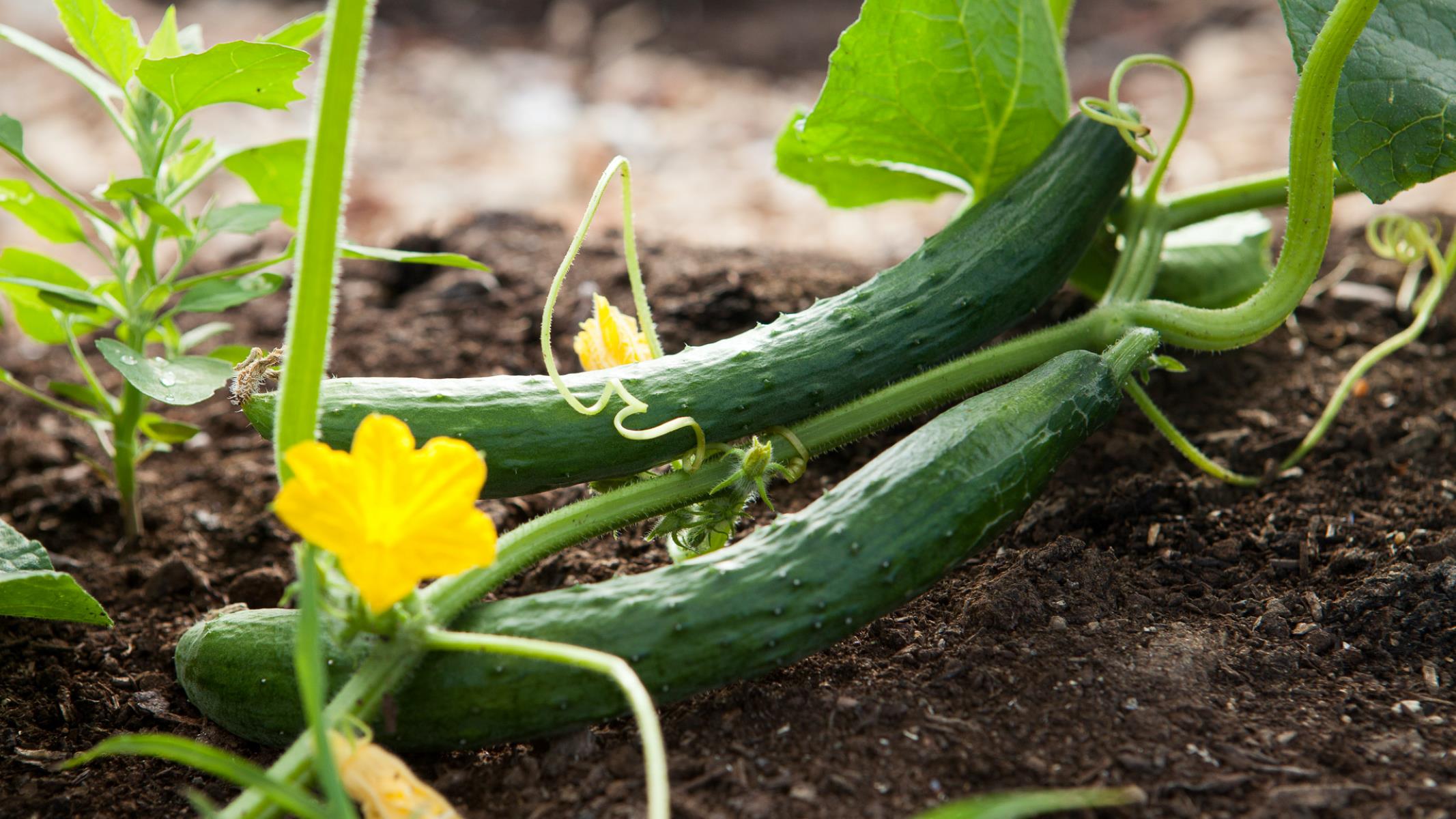
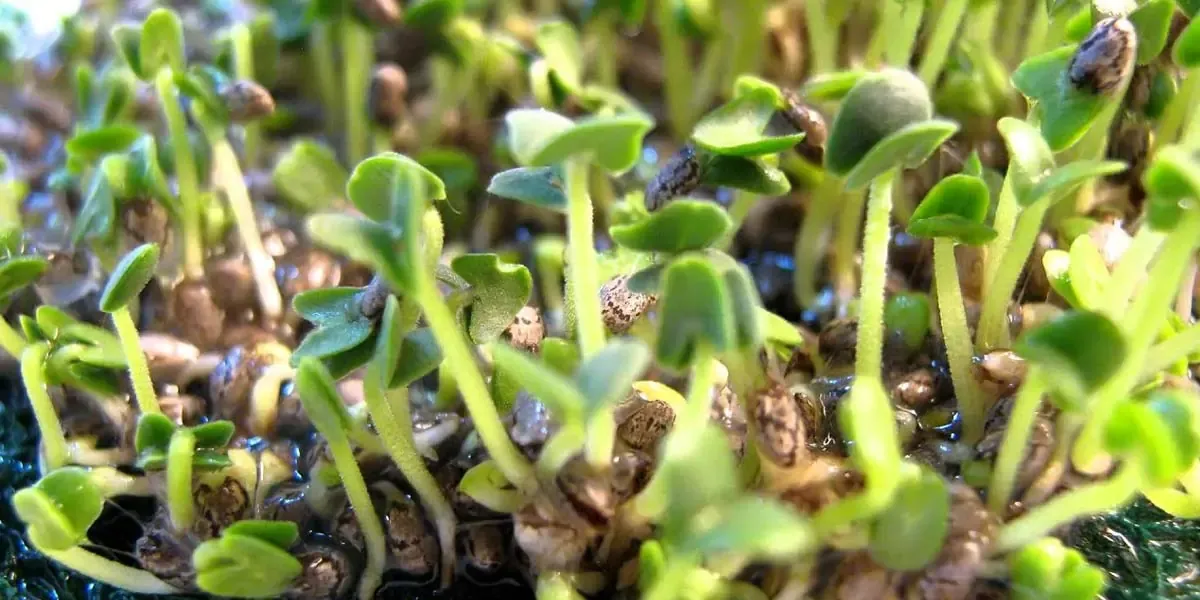
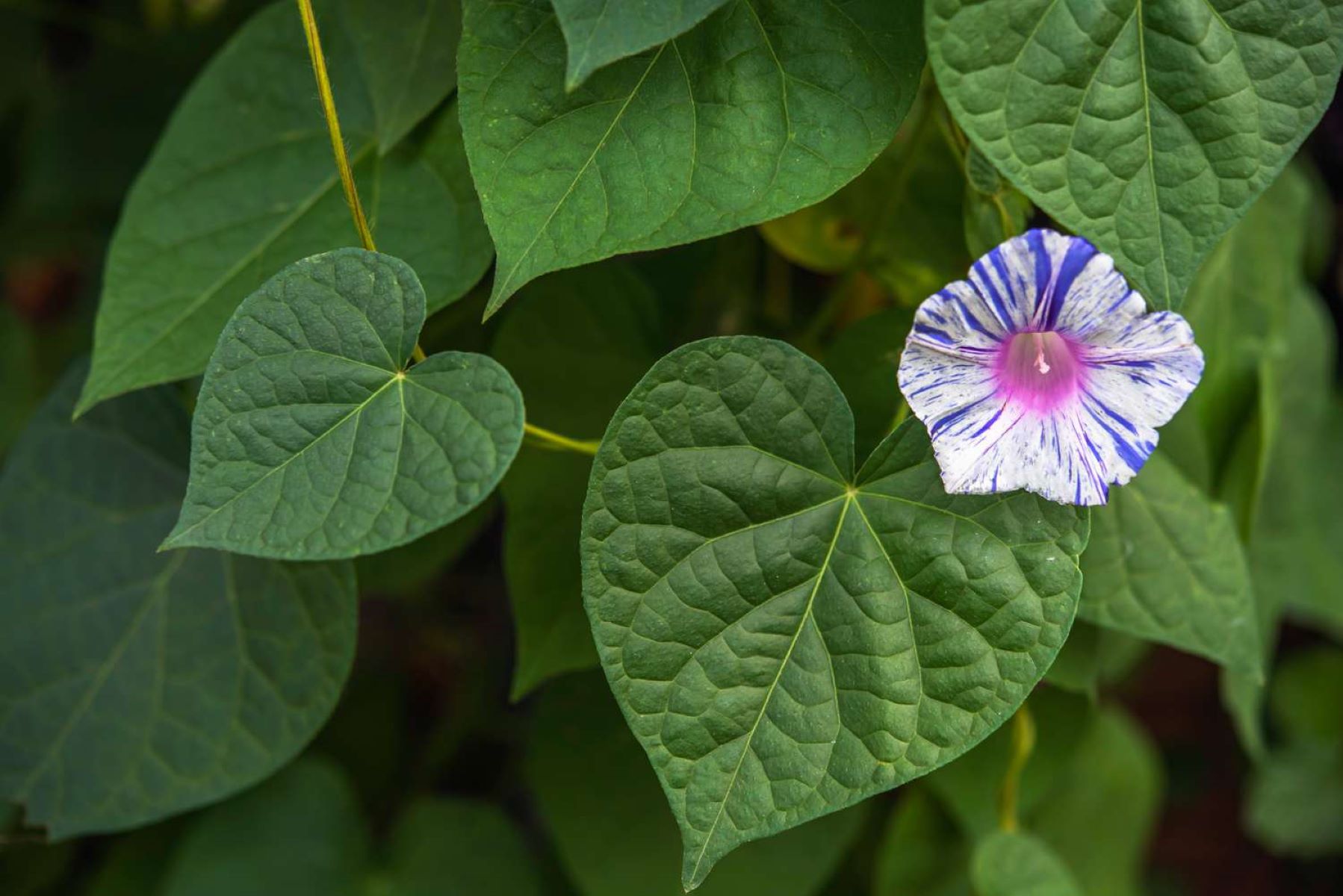
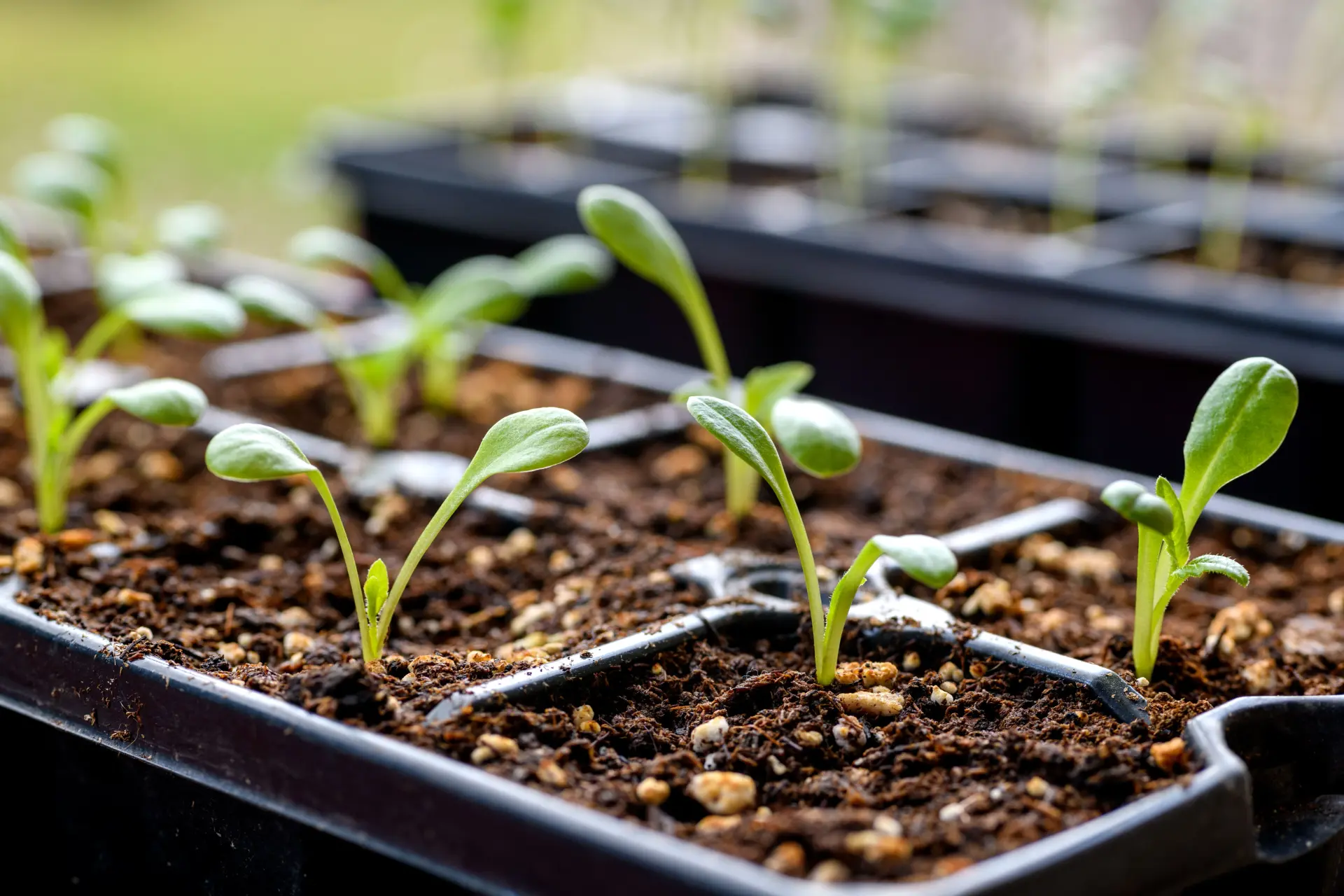
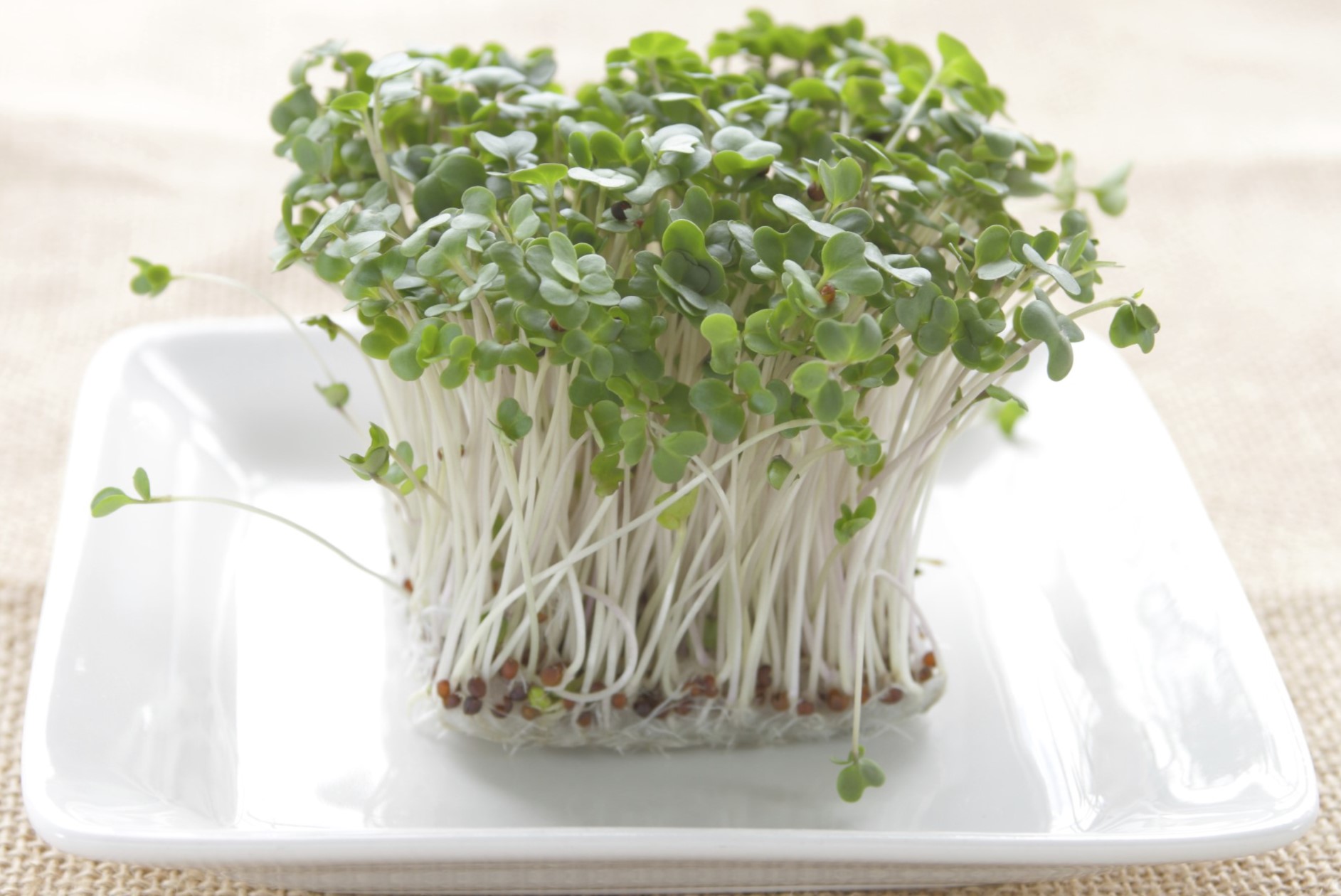

0 thoughts on “How To Store Sprouting Seeds Long Term”